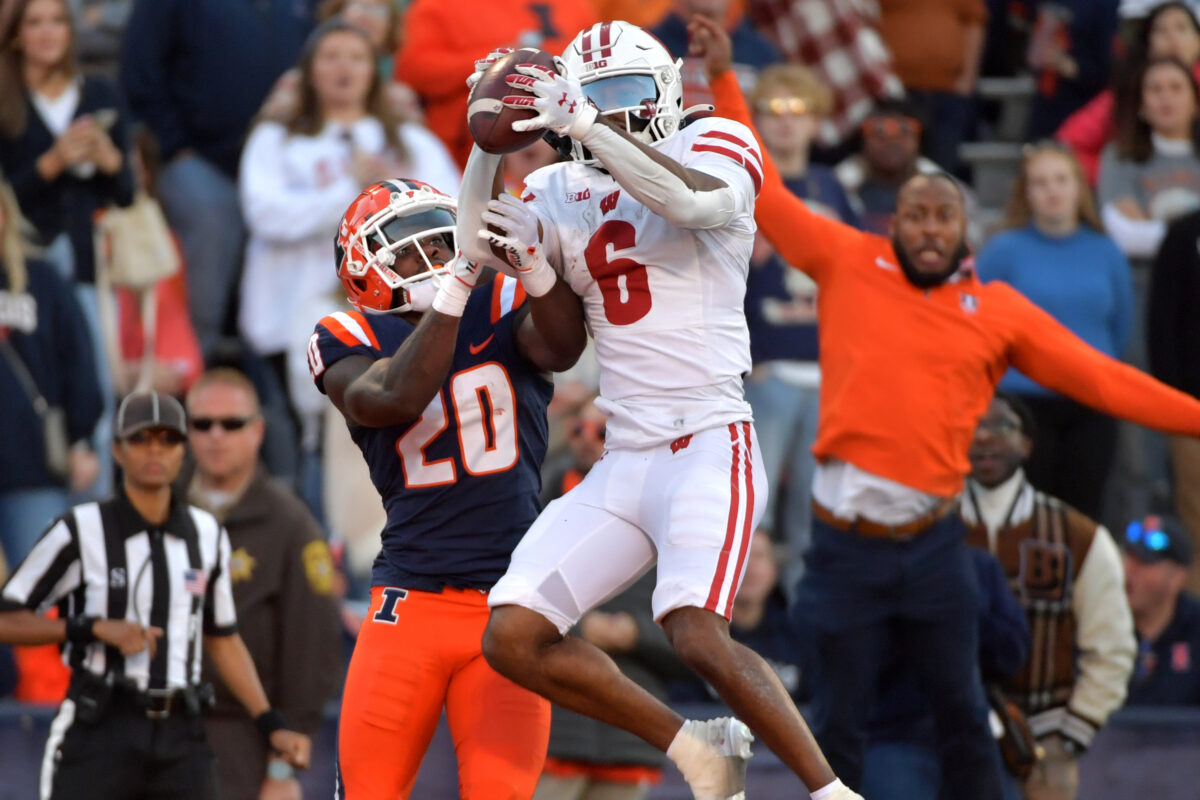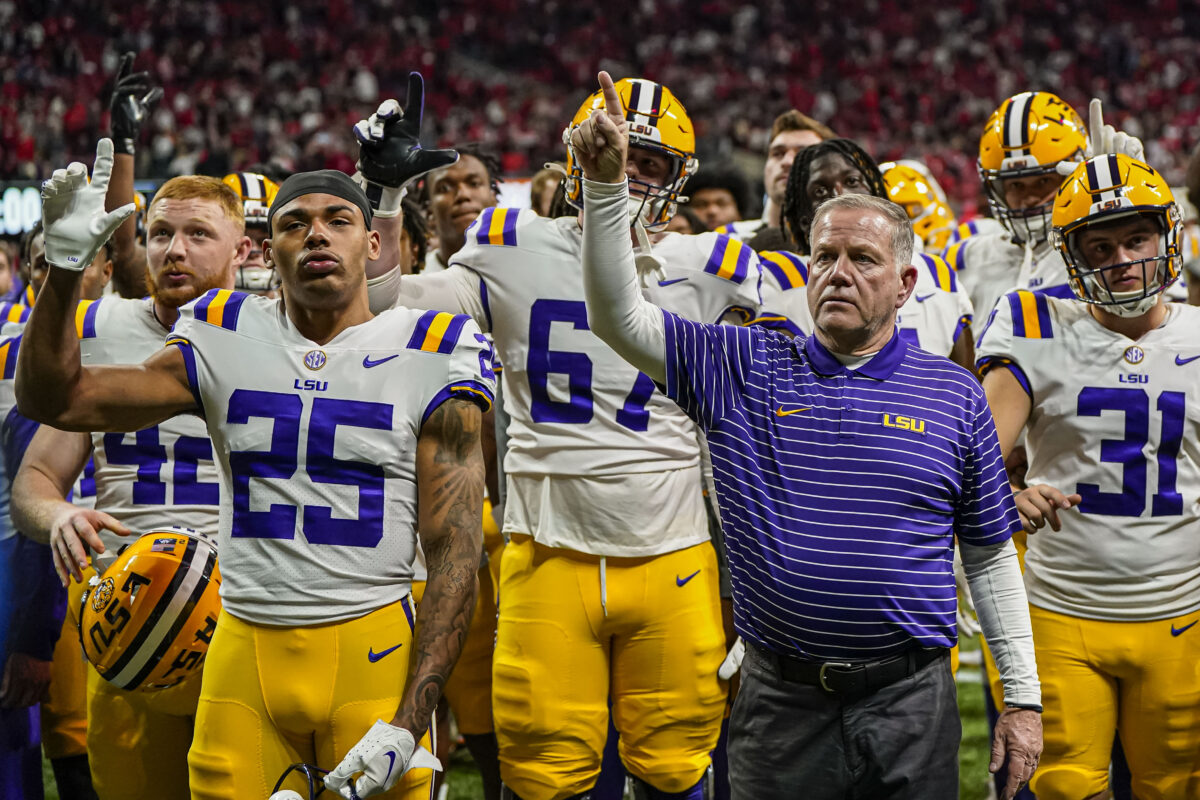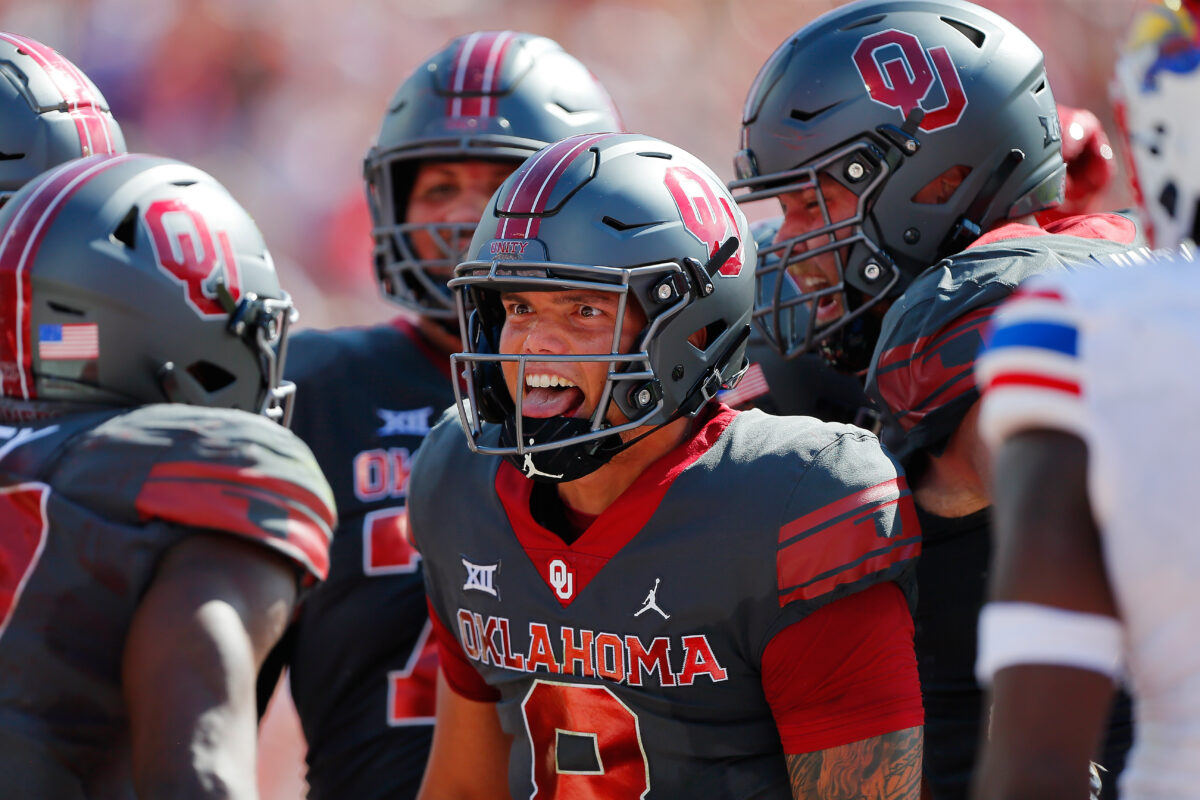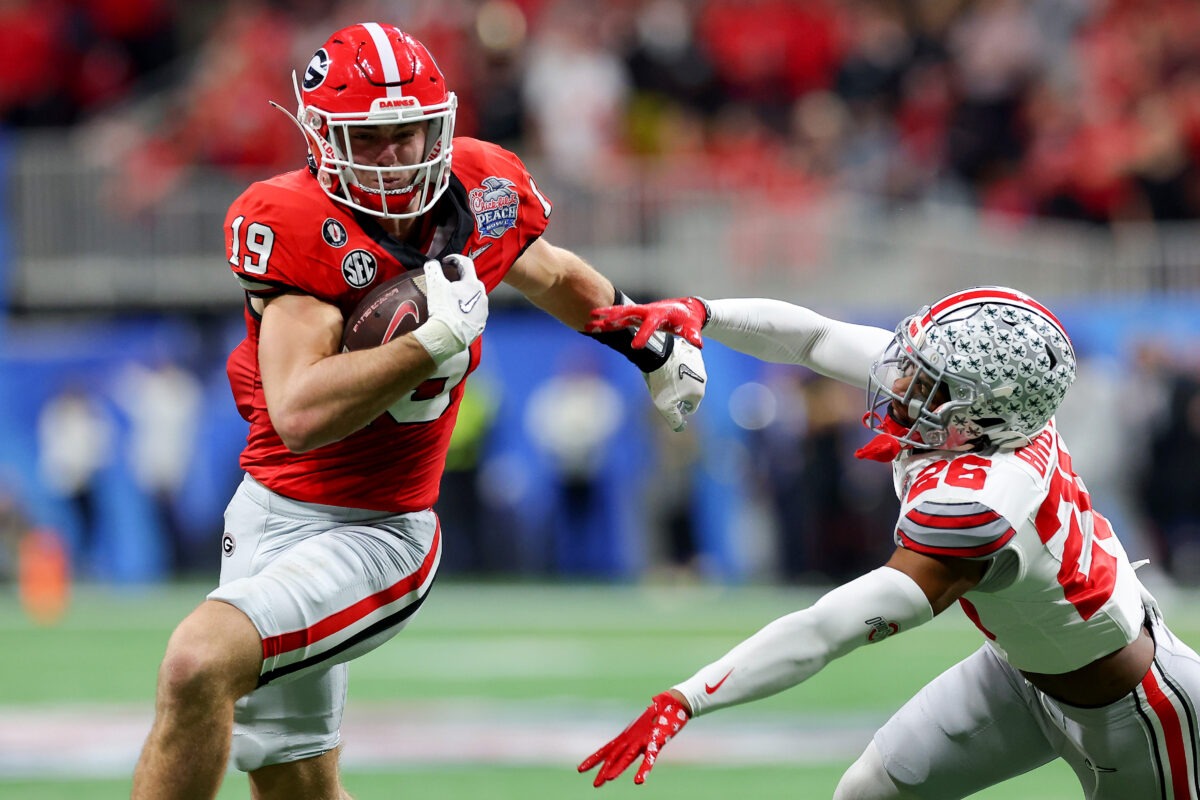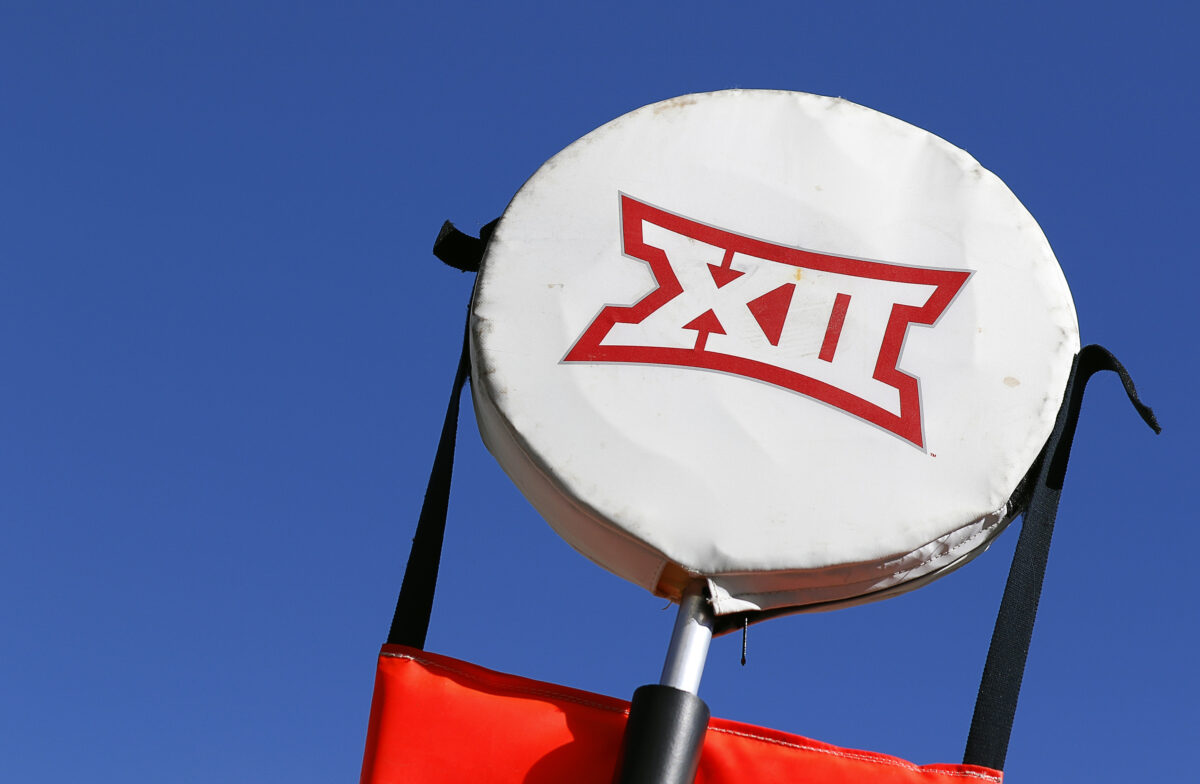Taking a look at how the Big 12 stacks up in ESPN’s returning production for the 2023 season.
Winter workouts are underway, and spring ball is right around the corner. It’s that time of the football schedule when teams are figuring out how to deal with the turnover they endured with NFL draft declarations and transfer portal departures.
Turnover is the name of the game in college football. The teams that consistently win are the teams that have had the best recruiting classes, which has allowed them to withstand that turnover.
Each offseason, ESPN’s Bill Connelly takes a look at the roster overhauls to determine which teams have the greatest amount of returning production (ESPN+). Returning production has had an impact in his SP+ ratings.
On average, teams returning at least 80% of production improve by about 5.8 adjusted points per game in the following season’s SP+ ratings. That’s a pretty significant bump! For a team ranked 25th in SP+ last year, adding 5.8 points to its rating would have bumped it to 10th. And in the past two seasons that weren’t majorly impacted by a pandemic (2019 and 2022), the average improvement for teams at 80% or higher is 6.8 points. – Connelly, ESPN
Not all programs are alike, however. Alabama, which ranked 125 in returning production, will be able to withstand losses a bit easier because they’ve recruited better than other teams in the bottom 33. We’ll have to wait and see if teams like TCU and Cincinnati are able to overcome their lack of returning production. Interestingly, those two schools each appeared in the College Football Playoff in the last two seasons.
Here’s how Connelly weighs the offense:
Broken out by position/player, you’re looking at roughly 29% for the quarterback, 6% for the running back and each of four wide receivers and/or tight ends and 9% for each offensive lineman. With each year of data, offensive line snaps become a heavier piece of the equation, which I find interesting. – Connelly, ESPN
So based on his equation, the Sooners lost 27% along the offensive line with the departures of [autotag]Anton Harrison[/autotag], [autotag]Wanya Morris[/autotag], and [autotag]Chris Murray[/autotag]. Toss in another 18% for the losses of [autotag]Eric Gray[/autotag], [autotag]Marvin Mims[/autotag], and [autotag]Brayden Willis[/autotag], and the Sooners have lost roughly 45% of their offensive production from a year ago.
Now the Sooners did welcome transfer additions [autotag]Walter Rouse[/autotag] and [autotag]Caleb Shaffer[/autotag] to replace two of their three departing offensive line starters, but given that Shaffer is coming from the Group of Five, his snaps don’t count as much as [autotag]Chris Murray[/autotag]’s.
Conversely, here’s how he evaluates the defensive side of the ball.
Perhaps surprisingly, turnover in the back of the defense causes far more of a shift in a team’s SP+ rating from year to year than turnover up front. By position, defensive backs make up about 46% of the defensive formula, while linebackers are at 40% and the defensive line is at 14%. – Connelly, ESPN
The Sooners’ biggest departures were at the linebacker level with [autotag]David Ugwoegbu[/autotag] (transfer portal) and [autotag]DaShaun White[/autotag] (NFL) moving on. They also lost [autotag]Jalen Redmond[/autotag] and [autotag]Jeffery Johnson[/autotag], but according to Connelly’s metrics, those snaps don’t weigh as heavily.
Oklahoma added some pieces along the defensive front to help bolster its pass rush and mitigate the losses. However, they are hoping for their young linebacker corp to take a step forward in 2023 to replace their veteran backers.
Here’s a look at how the Big 12 stacks up in terms of ESPN’s

